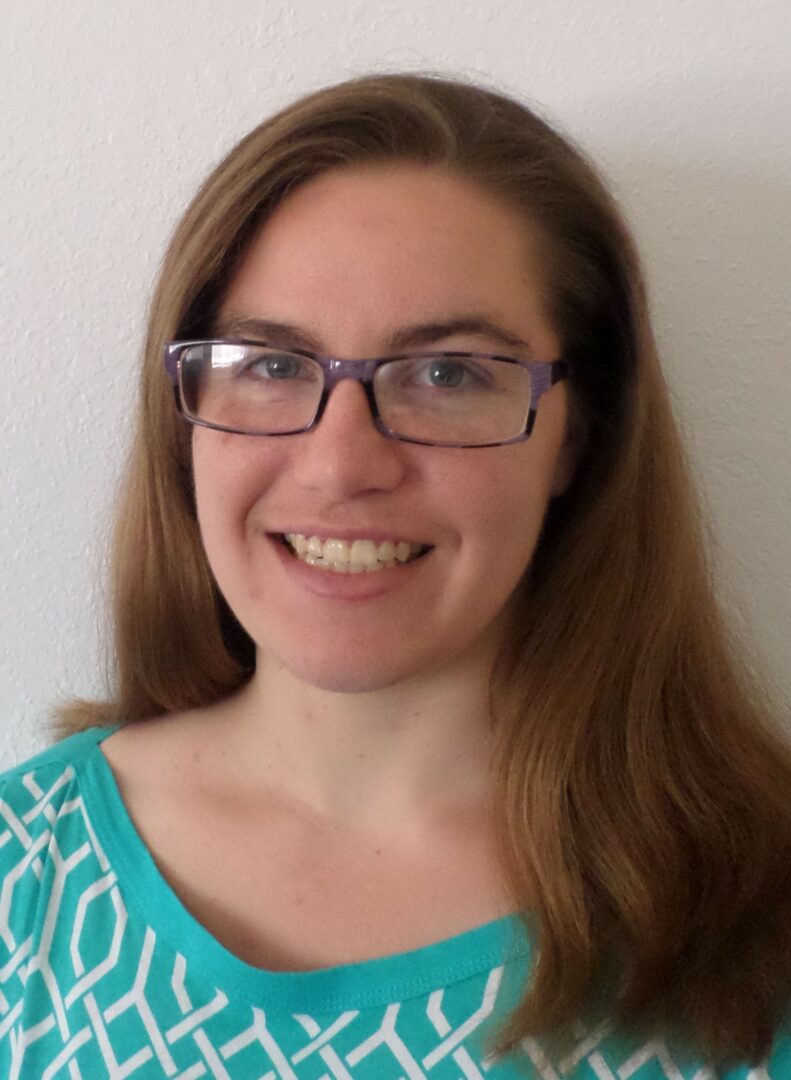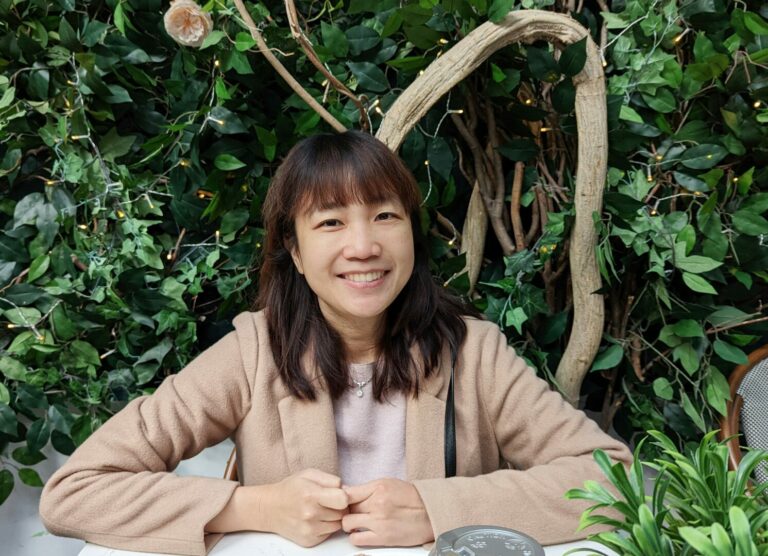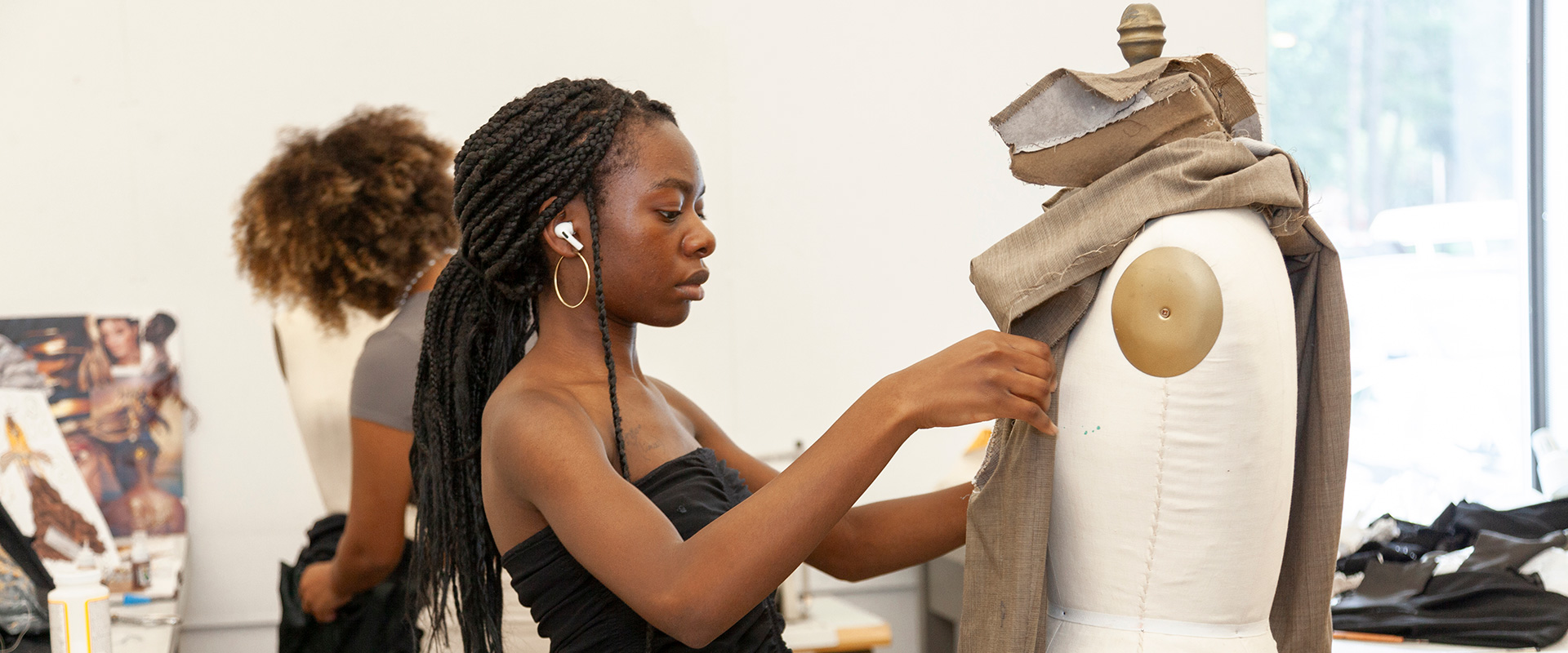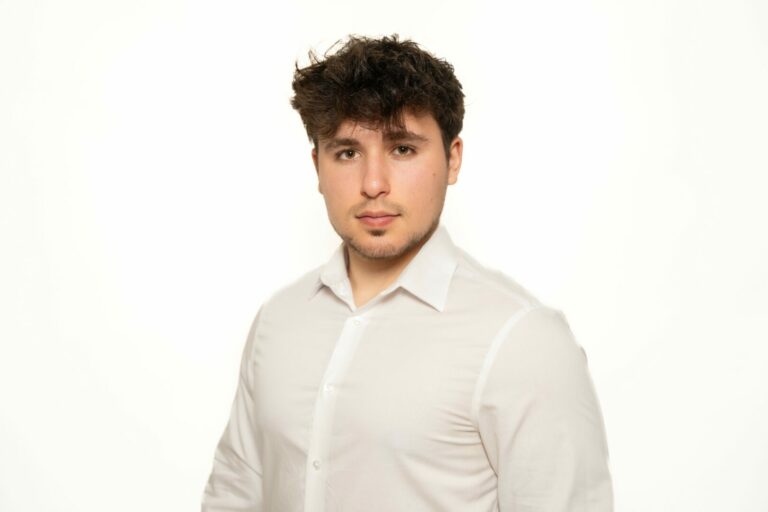We recently connected with Alicia Quijano and have shared our conversation below.
Alicia, so excited to have you with us today. So much we can chat about, but one of the questions we are most interested in is how you have managed to keep your creativity alive.
First, I love to experiment; if I wasn’t in the arts, I would probably have chosen a career in the sciences. One way that I continue to challenge myself and to find new ways to be creative is to try new avenues within my work. Sometimes these avenues are big and noticeable, like a material change, but typically, they are small elements that may not be noticeable to the viewer in the end. Being willing to try new things definitely keeps me from getting too bogged down in a repetitive process.
I also value the time that I have available to be creative because I often have to make time for it. Because I have a full-time job along with teaching responsibilities and a family, I try not to take the times when I am able to be creative for granted. For me, having to carve out time to make my work adds to the drive in my creative processes and make the time when I am creating more important.
Another way that encourages my creativity is the times when I am working with my students; as an educator, the questions that you get asked can often make you think about something differently or spark a new interest in a process or material. Watching my students make new discoveries in their work or (especially my younger students) getting excited about a new process that they have never experienced before add fuel to my creative fire and always make me more excited to go home and work on my own artwork.
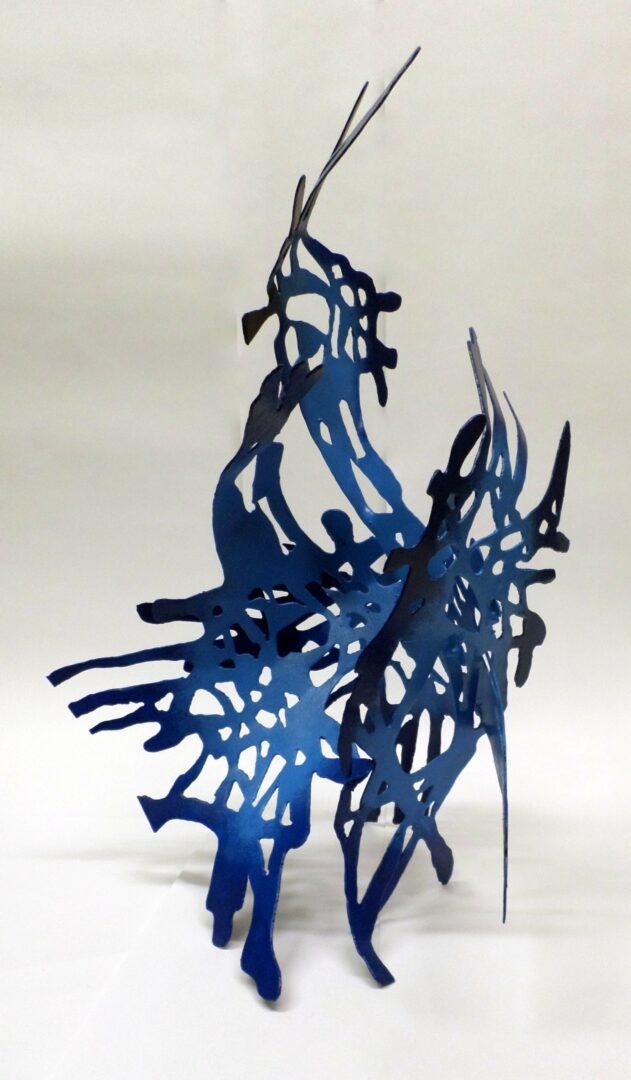
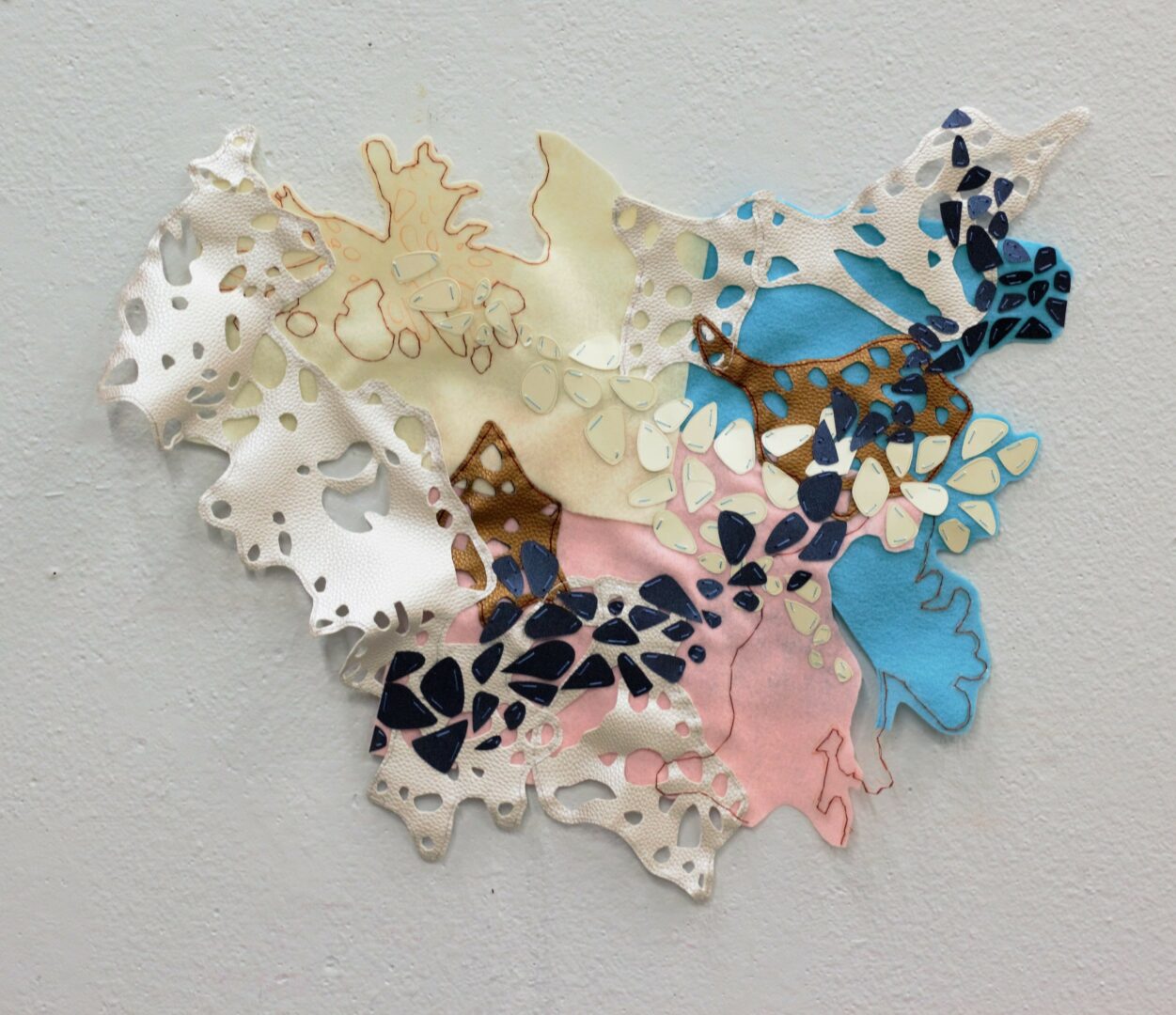
Let’s take a small detour – maybe you can share a bit about yourself before we dive back into some of the other questions we had for you?
While I would love to be able to say that I’m a full-time artist, that definitely isn’t the case. I do make it a point to stay active in my creative process and participate in as many exhibitions or community art events as my schedule (and wallet) will allow throughout the year. Because I don’t create full-time, I make it a point to schedule time for my practice as much as possible. I have a full-time job in an art department and I teach art to a variety of age groups throughout the year. Getting back into more teaching this year has definitely added more joy into my life and has reminded me why I love my chosen field so much.
A lot of my work focuses on the struggles of daily life and the mundane tasks that I’m typically doing during the bulk of my day. My processes and my artwork serve as an element of relief and a way to work through any stresses or frustrations that come along with my day-to-day life. I’ve been experimenting with some new processes and materials recently as a way to try to relay some of these ideas and feelings more directly to the viewer, and I’m hoping that I can begin to incorporate these discoveries into more of my work. I’ve also been working toward creating pieces that are a little smaller and more accessible for when I participate in community events. In addition to increasing my activity in community events, I’ve also tried to increase my online presence through virtual exhibitions.
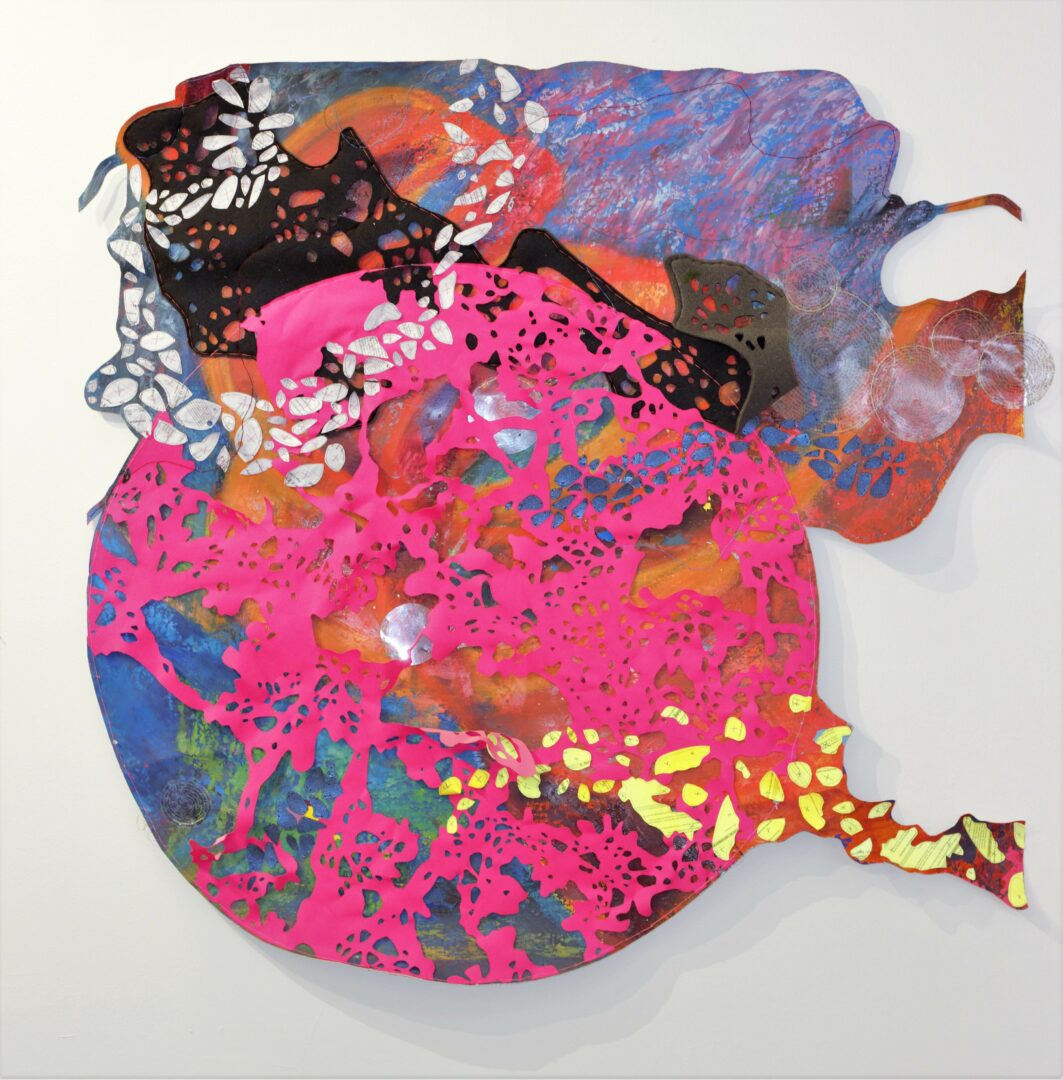
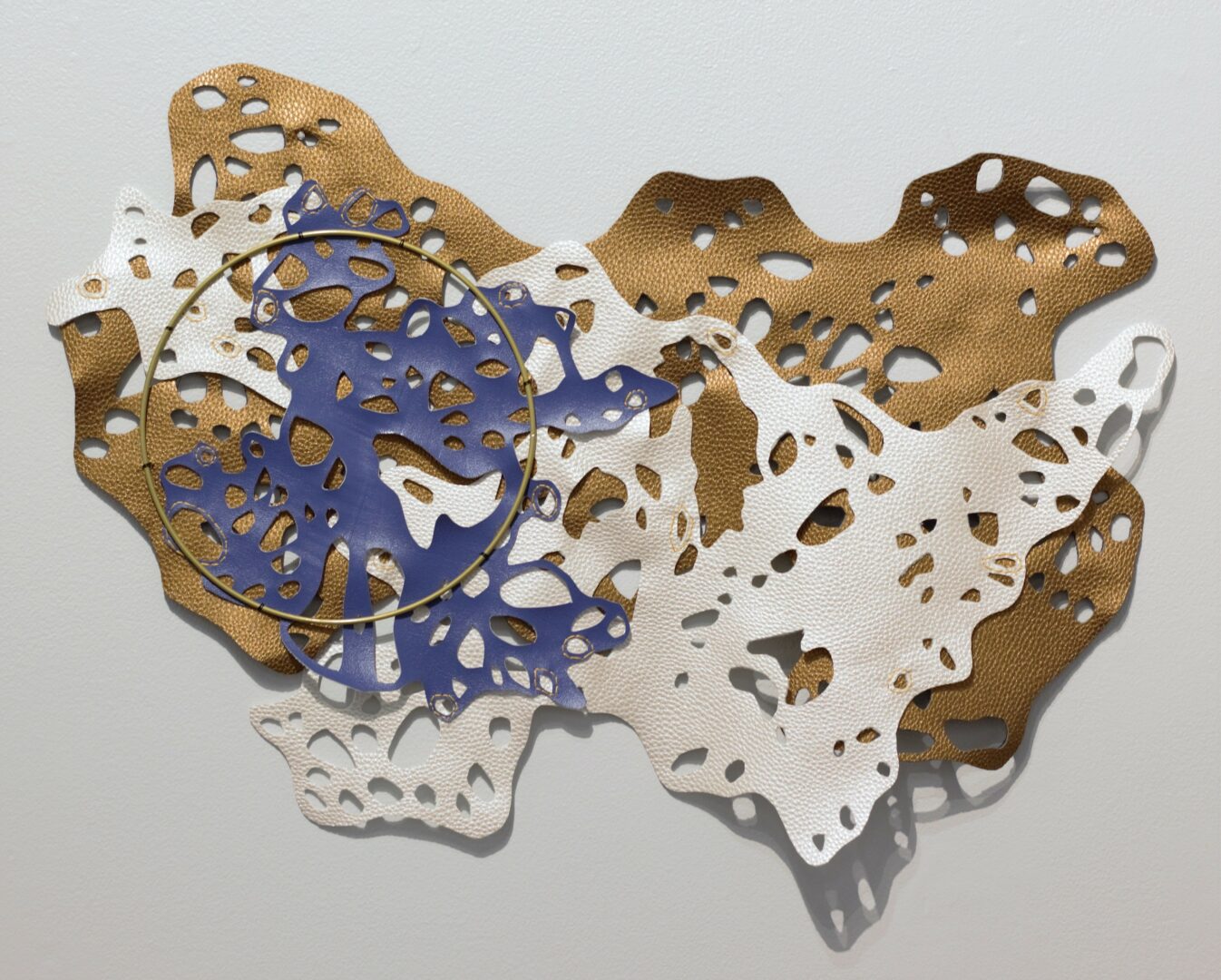
Looking back, what do you think were the three qualities, skills, or areas of knowledge that were most impactful in your journey? What advice do you have for folks who are early in their journey in terms of how they can best develop or improve on these?
First, be willing to listen to others, and write down ideas or inspirations as they come to you. For someone currently in art school, soak in as much of the critiques as you can, and don’t be afraid of a hard or harsh critique. You learn so much more from a hard/harsh critique than a good one, but it may take longer to process the information because of the emotional impact that it can have.
Second, challenge yourself through experimentation. Whether it be a new material or a new process, avoid getting stuck in a repetitive pattern where you are more like a factory than a human being. Find something new to learn that could enhance your process. Do some research on a new area that you are slightly interested in to see if it provides inspiration. Even if a piece with a new material doesn’t seem successful, don’t give up; you learn more from the challenges and failures than everything going right.
Finally, the artwork that you create does not need to be precious. If you are a slower worker, this is probably a harder hurdle to jump than if you are a fast producer. You do not have to keep everything that you create; be willing to cut a piece apart and make it into something new. We can easily become bogged down in all of our “things” as artists and see the items we create as special. Obviously, some of them may be; I cut up and remake my works, especially if they don’t sell, pretty frequently. The pieces that I have kept as a part of my own collection either have a very specific significance to me personally or were an important turning point in my career.
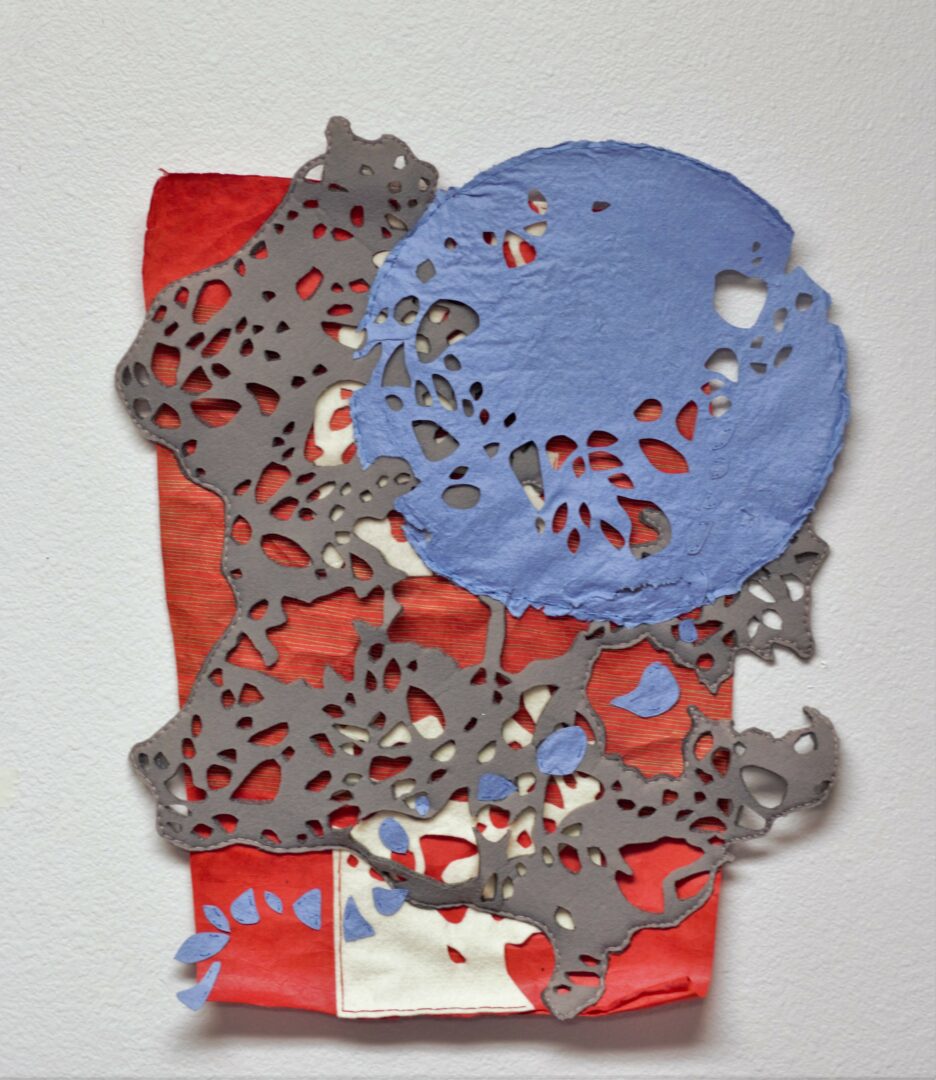
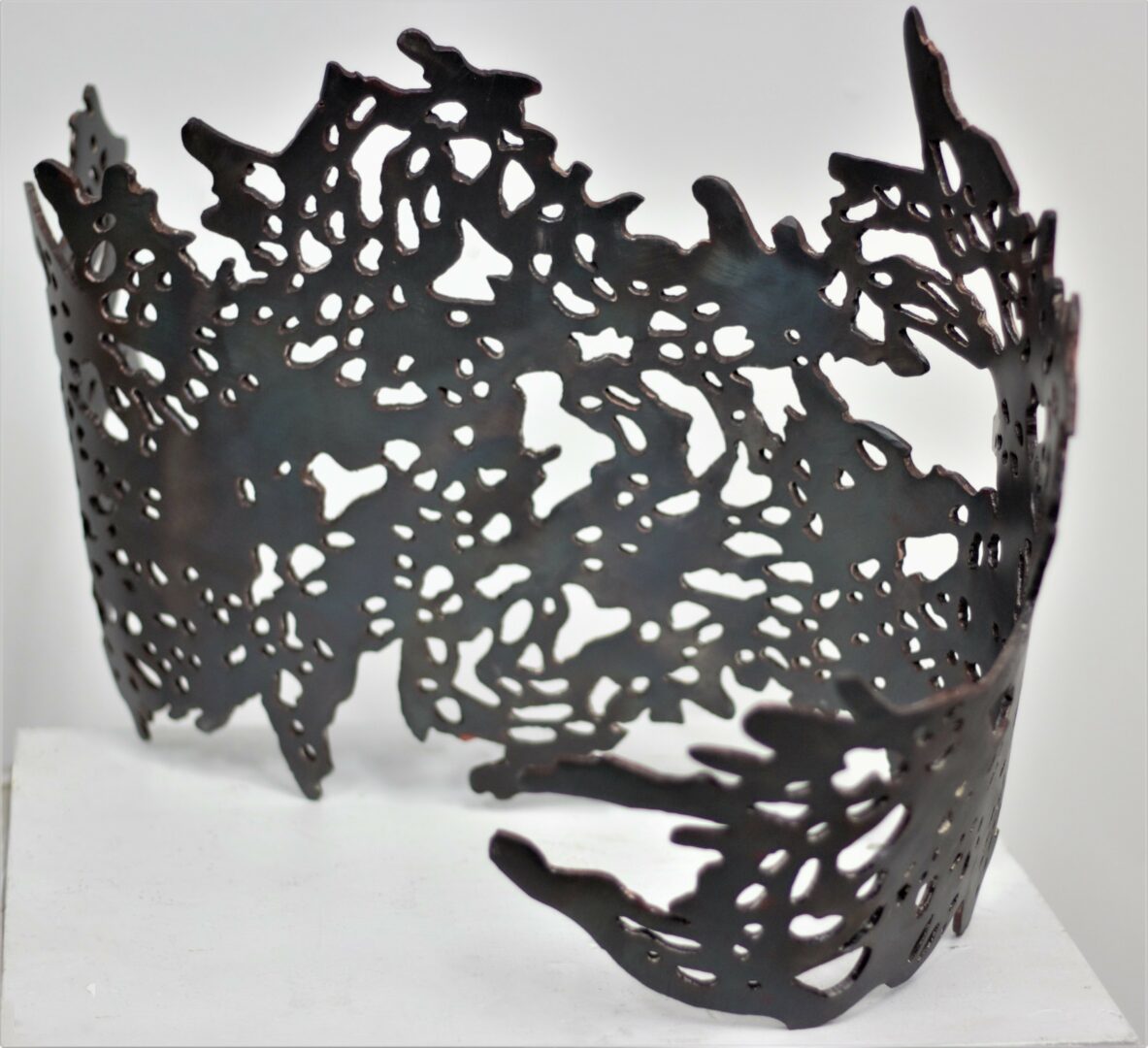
What was the most impactful thing your parents did for you?
My parents were always very encouraging of my creative pursuits. Since both of them were musicians and educators, they understood the need to constantly create and try new things. As I grew older and wanted to pursue a career in the arts, they didn’t discourage me from following my passions, but also made sure that I understood (partly through their examples) that my passion wasn’t an immediate pathway to fame and fortune. They also instilled in me the importance of a hard work ethic and the drive to continue pursuing my goals even when road blocks or challenges arose that made things slightly more difficult.
Contact Info:
- Website: https://www.aliciaconwayquijano.com
- Instagram: @alicia.quijano.art
- Other: Le Galeriste: https://www.legaleriste.com/en/alicia.quijano
Threadless (Artists Shops): https://aliciaquijano.threadless.com/
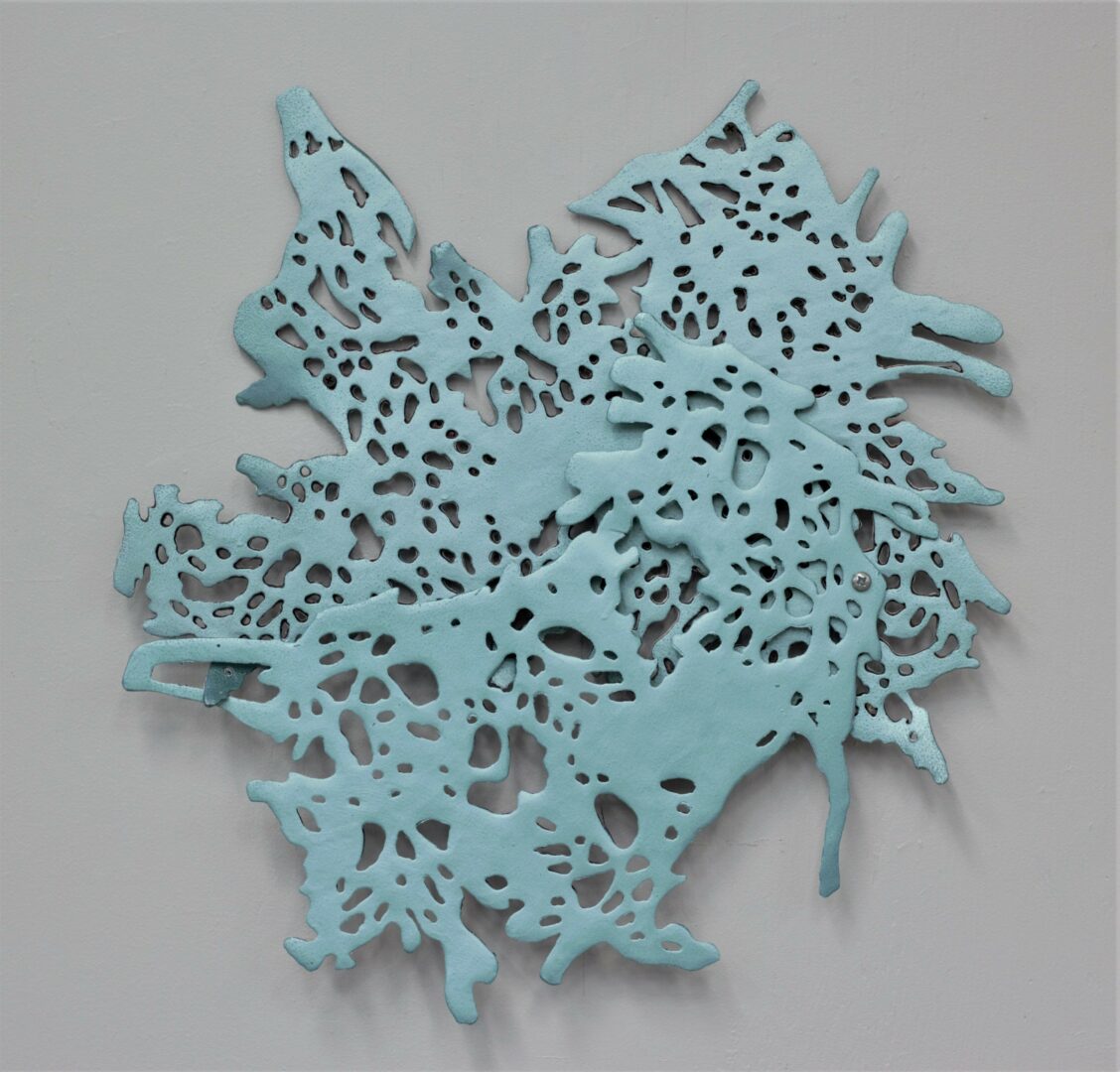
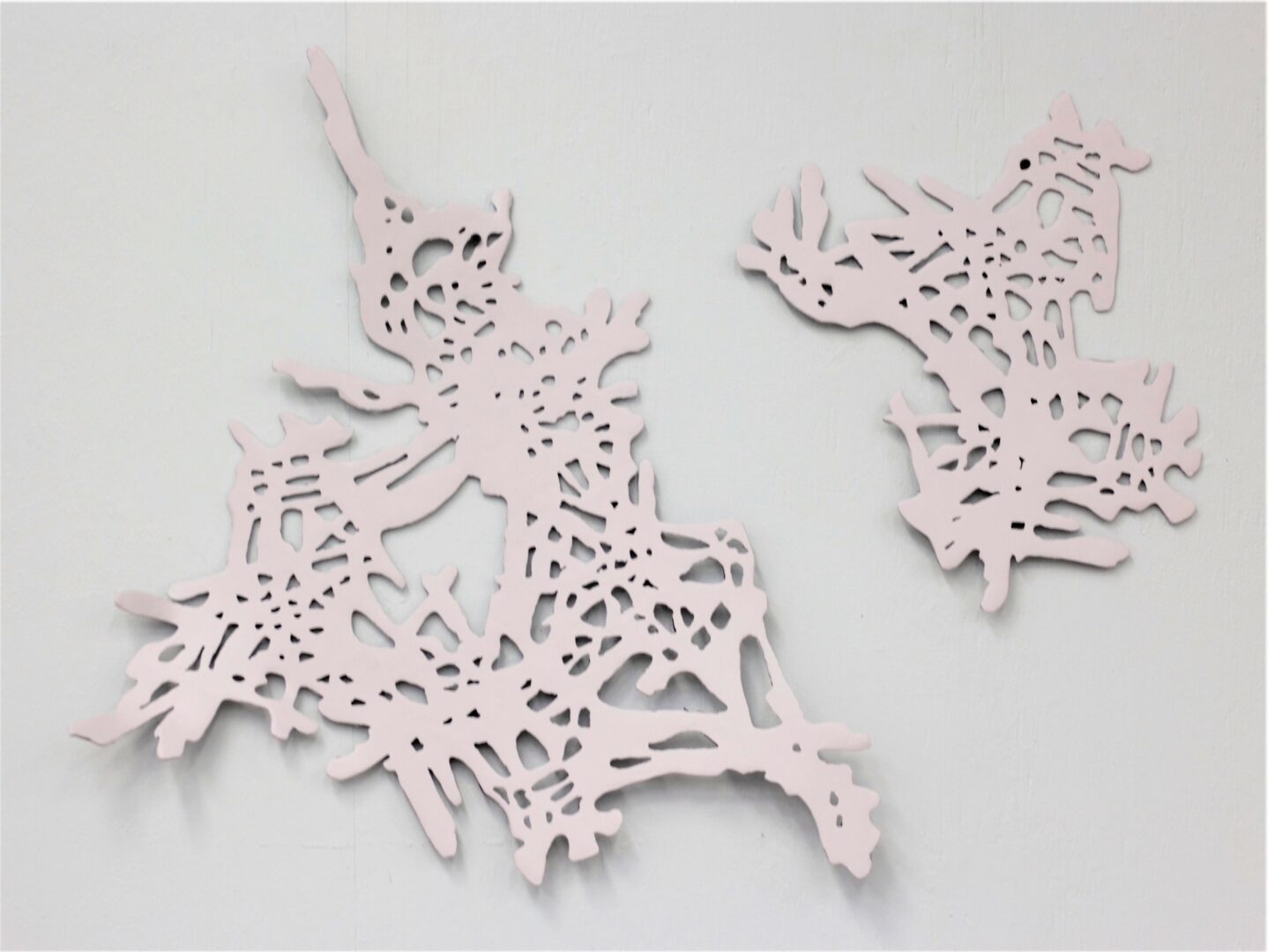
Image Credits
All images were taken by the artist.
so if you or someone you know deserves recognition please let us know here.

